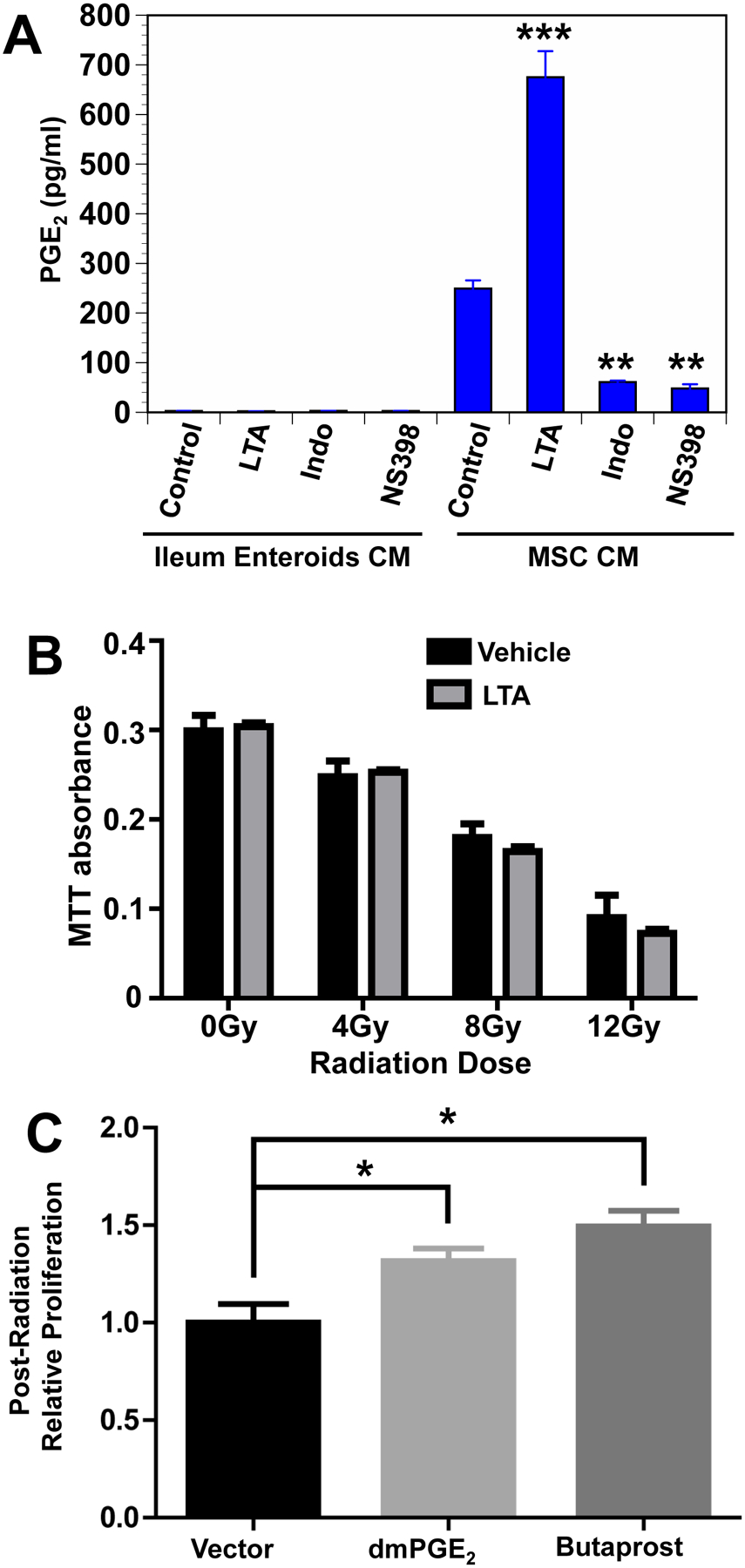Fig. 5. LTA induced PGE2 in MSCs protects epithelial stem cells from radiation.

(A) LTA induces PGE production in MSCs but not in enteroids. Ileum enteroids and small intestine MSCs were incubated in media alone, or in media containing LTA (10μ/mL) or indomethacin (50μM), or NS398 (5μM). After 24-hour incubation, PGE2 concentration was determined by ELISA. Data are means ± SEM for 4 replicates in each treatment group. **P<.0002, ***P<.0004. (B) Gamma radiation reduces primary enteroid cell proliferation in a dose dependent manner. Cells were pretreated with LTA (10μg/mL) or vehicle in medium for 2 hours, then irradiated with zero, 4, 8, or 12 Gy. LTA or vehicle was removed 2 hours post irradiation and cells were cultured for 72 hours. Proliferation was assessed by 3-(4,5-dimethylthiazol-2-yl)-2,5-diphenyltetrazolium bromide (MTT) incorporation. Using this pretreatment strategy, LTA did not protect against radiation injury. N.S., not significant. (C) dmPGE2 and the EP2 agonist butaprost are radioprotective of enteroids. WT enteroids were plated in 50% stem cell media (SCM)(11) for 18h, then grown in 5% SCM for 24h. Enteroids were then treated with dmPGE2 (10μM) or the EP2 agonist butaprost (10μM) for 1h in 5% SCM, followed by 6 Gy irradiation. Culture medium was immediately replaced with 50% SCM without drugs and enteroids were grown for 48h. Proliferation was measured by CCK-8 proliferation assay.
